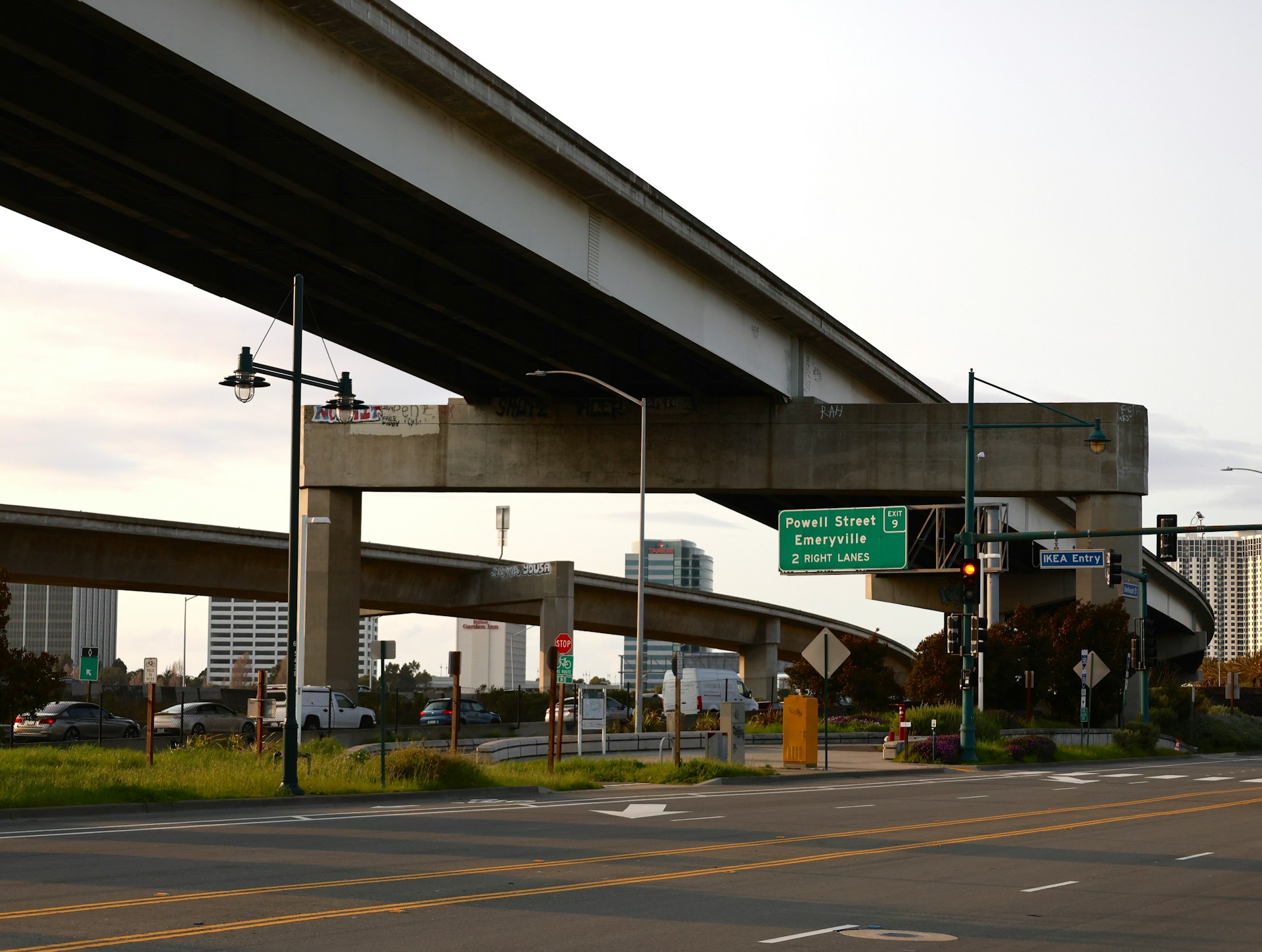U.S. News
15 Cities and States Raising the Minimum Wage on July 1
By Jake Beardslee · June 29, 2025

15 Cities and States Raising the Minimum Wage on July 1
Starting July 1, 2025, minimum wage workers across the United States will see an increase in their earnings. According to the Economic Policy Institute (EPI), fifteen states, cities, and counties are implementing pay hikes to help address the rising cost of living. While the federal minimum wage has remained frozen at $7.25 per hour since 2009, many local governments are stepping in with targeted increases. These changes come through ballot initiatives, city ordinances, or automatic inflation adjustments, reflecting a growing recognition that wages must keep pace with economic realities.For full-time workers, these changes could mean hundreds of dollars more per year—money that can help cover food, rent, transportation, and other essentials. Many of the increases are concentrated in areas with especially high costs of living.
Here’s a detailed look at the cities, counties, and states where minimum wages are set to rise on July 1. cottonbro studio / Pexels

As Cities Raise Wages, Senators Push $15 Federal Minimum in New Bill
Amid a new wave of local minimum wage increases set to take effect July 1, lawmakers are renewing efforts to raise the federal standard. This month, Senators Josh Hawley (R-MO) and Peter Welch (D-VT) introduced a bipartisan bill to increase the federal minimum wage to $15 an hour—more than double the current $7.25 rate, which has remained unchanged since 2009. Jack Gruber, Jack Gruber / USA TODAY NETWORK via Imagn Images
1. Alaska
In Alaska, the minimum wage will increase from $11.91 to $13.00 per hour. This $1.09 bump is the result of a 2024 ballot measure passed by voters. It affects around 19,400 workers—roughly 6.3% of the state's workforce. For full-time workers, this could mean an extra $925 annually. Alexis Mette / Unsplash
2. Oregon
Oregon’s standard minimum wage will rise from $14.70 to $15.05 per hour, with regional variations. The Portland Urban Growth Boundary will see a rate of $16.30, while nonurban counties will reach $14.05. This inflation-linked hike impacts over 800,000 workers, or 9.4% of the state’s labor force. The typical full-time worker will earn $420 more per year. peter bucks / Unsplash
3. Washington, D.C.
The District of Columbia will increase its minimum wage by 45 cents, bringing it to $17.95 an hour. This annual inflation adjustment affects about 62,200 workers. The average impacted worker will gain an extra $727 per year. D.C. continues to lead with one of the highest minimum wages in the nation. Andy He / Unsplash
4. Alameda, California
Alameda will raise its minimum wage from $17.00 to $17.46 per hour. This change follows the city’s annual inflation adjustment policy. Though the increase is modest, it helps maintain purchasing power for local workers. The adjustment aligns with broader wage trends across California. Michael Kahn / Unsplash
5. Berkeley, California
Berkeley’s minimum wage will rise from $18.67 to $19.18. Known for setting high wage standards, the city is among the most generous in the country. The 51-cent increase ensures that workers' earnings keep pace with inflation. This is part of Berkeley’s commitment to economic equity. Sorb / Unsplash
6. Emeryville, California
Already one of the highest-paying cities for low-wage workers, Emeryville is upping its rate from $19.36 to $19.90. The 54-cent hike reflects annual inflation adjustments. With this, Emeryville continues to set the pace nationwide. Local businesses must comply with one of the most progressive wage floors in the U.S. Wei Lang / Unsplash
7. Fremont, California
Fremont will move its minimum wage from $17.30 to $17.75 per hour. The increase of 45 cents comes through standard inflation indexing. While not as dramatic as some others, this change still helps ease the financial burden for working residents. Fremont joins other Bay Area cities in prioritizing fair wages. Paddy Kumar / Unsplash
8. Los Angeles, California
The city of Los Angeles will increase its minimum wage from $17.28 to $17.87. This 59-cent raise is one of the largest local increases in California this cycle. It reflects a continued push to support a large, diverse labor force. With rising housing costs, every boost makes a difference. Riccardo Tuninato / Unsplash
9. Los Angeles County, California
The surrounding Los Angeles County will also see a wage hike—from $17.27 to $17.81. The 54-cent increase applies countywide and parallels the city’s approach. This coordinated strategy helps reduce disparities between city and suburban wages. Workers in unincorporated areas will benefit directly. Elmer Cañas / Unsplash
10. Milpitas, California
Milpitas will raise its wage floor from $17.70 to $18.20 per hour. This 50-cent jump follows inflation-adjustment formulas. The city’s continued effort to match rising living expenses supports both families and individuals. Milpitas remains committed to keeping wages regionally competitive. Cherish Moments / Unsplash
11. Pasadena, California
Pasadena is increasing its minimum wage from $17.50 to $18.04. This 54-cent rise is aimed at helping workers stay afloat amid inflation and rising rent. Like neighboring cities, Pasadena uses inflation metrics to determine annual adjustments. It’s part of a broader effort across Southern California. Jimmy Woo / Unsplash
12. San Francisco, California
San Francisco’s wage will grow from $18.67 to $19.18 per hour. The city has long led the charge on higher wages, tied closely to its cost-of-living index. This 51-cent increase helps offset the city's expensive housing and service costs. San Francisco continues to serve as a wage policy bellwether. Steve Saunders / Unsplash
13. Santa Monica, California
Santa Monica will raise its minimum wage from $17.27 to $17.81. This 54-cent increase aligns with the Los Angeles County standard. Local workers in the retail and hospitality sectors are among those set to benefit. It’s another step in maintaining parity across Southern California communities. Grigory Azaryan / Unsplash
14. Chicago, Illinois
Chicago’s wage will rise from $16.20 to $16.60, with tipped wages increasing significantly from $11.02 to $12.62. The city is gradually eliminating the lower tipped minimum wage by 2028. This 40-cent increase helps mitigate inflation while setting the stage for future policy changes. The shift reflects growing support for wage parity among restaurant and service workers. Ricky Beron / Unsplash
15. Montgomery County, Maryland
Montgomery County will raise its minimum wage from $17.15 to $17.65. The 50-cent increase follows the county’s annual inflation adjustment. Located just outside Washington, D.C., the county has some of the region’s strongest worker protections. The policy continues to reflect the area’s high cost of living. Liz Guertin / Unsplash